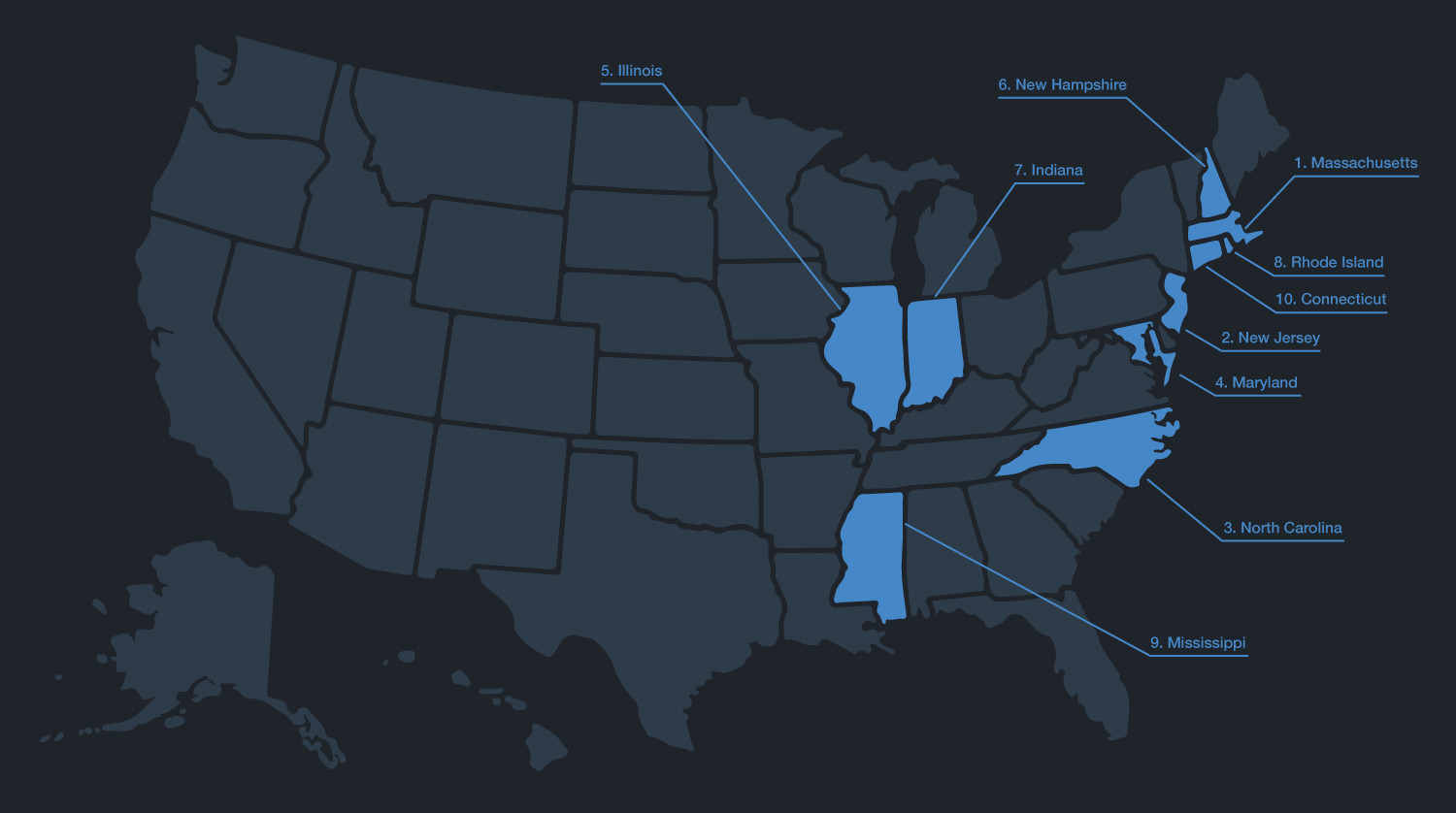When we launched Doximity Dialer Video, we hoped it would be well-received. After all, 70% of all U.S. doctors already trust and use Doximity regularly within their clinical practice. By adding a telemedicine feature right into the Doximity app, we made it easy for our members to adopt this new tool.
Two months and millions of patient visits later, we’re taking a deeper dive into how telemedicine has been used among physicians in the face of the COVID-19 pandemic, and the results have been quite revealing. We examined telemedicine adoption demographics and medical practice factors -- age, gender, specialty -- and where they are located. Here are our topline findings:
More than 100K U.S. doctors are using Dialer Video regularly for virtual patient visits:
Over 100,000 U.S. physicians are using Dialer Video for telemedicine visits regularly, making it the most widely adopted telemedicine solution among doctors nationally. We attribute this success to Dialer Video’s ease of use (it works with any smart phone and doesn’t require any additional app downloads for patients), reliability and that it’s specifically designed for medicine, unlike general purpose video conferencing tools.
Older physicians are using telemedicine more often than their younger colleagues:
We found that physicians in their 40s and 50s are using Dialer Video more often than their younger colleagues in their 30s. This was surprising, as typically, younger doctors are more tech-savvy.
Female physicians are using telemedicine more than their male colleagues:
Female doctors are adopting telemedicine at a higher rate (25%) than their male colleagues. This may be due to a larger number of female doctors practicing in specialties that lend themselves well to telemedicine as a clinical option. Regardless, we’re encouraged to see physicians across specialties taking advantage of all the benefits that telehealth has to offer.
The top 10 specialties actively using telemedicine:
Certain specialties are turning to telemedicine faster than others. We see doctors that manage chronic illnesses – like endocrinologists and rheumatologists– can just as effectively treat patients remotely. With telemedicine as an option, managing patients with chronic diseases like diabetes and arthritis can be done without frequent, in-office visits. The top specialties engaging in telemedicine currently are:
- Endocrinology
- Rheumatology
- Nephrology
- Gastroenterology
- Cardiology
- Pediatrics
- Urology
- Family Medicine
- Geriatrics
- Neurology
Adoption of Telemedicine By State
Lastly, we looked at states using telemedicine the most. Massachusetts and New Jersey topped the list, possibly due to the concentration of elite healthcare facilities in those states, and potentially, a higher number of initial COVID-19 cases located in those areas. Many of these states also have a strong history of supporting public health with heavy investment, which could lead to a more “technology-forward” approach in those areas. For example, US News and World Report lists Massachusetts second and New Jersey sixth in their ranking of states best for healthcare -- and have been national leaders in healthcare advancements.
- Massachusetts
- New Jersey
- North Carolina
- Maryland
- Illinois
- New Hampshire
- Indiana
- Rhode Island
- Mississippi
- Connecticut

If there’s one certainty resulting from the COVID-19 crisis, it’s that telemedicine has proven to be a viable and important clinical modality. Patients appreciate the convenience of being able to see their doctor from the comfort of their own homes, and physicians benefit from the capability to efficiently see more patients than they might otherwise be able to. Telemedicine will be a long-term option for the U.S. healthcare system.
For more information on pre-pandemic adoption of Telemedicine, please see our 2019 Telemedicine & Locum Tenens Opportunities report.

